Starting or keeping a nature journal in the winter months may seem counterintuitive, because when you look outside it seems there’s not much there. There is happening less outside and that can be less distracting, and when you focus, you can notice that there still is quite a lot worth observing and journaling about. Winter is actually a good time to learn about some basics in nature.
Getting Ideas For The Cold Season
Winter is a time of rest and regeneration, but that doesn’t mean the world is completely barren and asleep – depending on where you live, nature might even be quite active. I live in a part of the world where we have quite cold temperatures and snow in winter (though less in recent years), and nature takes a break.
Winter as a rest season is an important part of the cycle of life before everything starts to grow again. And you will be surprised to learn that many animals and plants are actually very active in winter in order to ensure their survival.
Look around you, and also think back. What does winter mean where you live? Is it a really cold time of the year, or are there more subtle changes in your environment?
What can you see now that holds your interest? What remains are there from the summer? Maybe dried plants and berries, or the shapes of the trees without foliage. Coniferous (evergreen) trees with their dense green usually make for great winter forests, and you can discover a lot. Can you see animal tracks in the mud or the snow? What about the deciduous trees (those who lose their leaves in winter), can you identify them by their bark and twigs?
When Going Out Isn’t An Option
Winter is also a great time to study nature inside and practice drawing at your desk. You can bring objects like dried plants or leaves, cones or berries inside and arrange them in collections (learn more about that in my Nature Journaling online class), or learn more about the scientific principles behind a natural topic of your choice.
The dark winter months can be an excellent time to learn theoretical knowledge and study the anatomy of plants and animals, or weather phenomena, or whatever interests you. Field guides often have a wealth of knowledge in them.
Winter doesn’t mean everything is dry and dead. There are plants that stay green all year, maybe some of them grow where you live? If you bring twigs with buds inside and place them in water, you can even study and draw how they begin to bloom.
More Ideas For Drawing
Here are more ideas for nature journaling in winter.
- Tree shapes: Look at the different silhouettes and practice drawing trees without foliage, and evergreen trees.
- Trees up close: Notice the bark and the twigs (do they have buds?), maybe you can find are nuts or seeds on the ground. How do evergreen trees differ from deciduous trees? How do shrubs differ? What evergreen plants can you find?
- Animal tracks: there are a lot of active animals in winter, with a little luck you can see their tracks in the mud or the snow. Do you know which animal left a track? Find out which animals hibernate. Find out which animals stay active. Investigate and see if you can find out (carefully of course) where animals in your area hibernate. An excellent book to read about this is „Winter World: The Ingenuity of Animal Survival“ by Bernd Heinrich. He is a biologist who lives in Vermont, and he describes different animal strategies for winter in this book. (If you know more books like this, please let me know, I love reading and learning this stuff!)
- If you see chewed cones or seeds, try to find out which animal did it. Often more information can be found in books, or at nature conservation centers.
- Natural History Museums are a great place to visit and learn in winter!
- Birds are great to observe and draw in winter. Without the foliage, you can see them sitting and hopping around in the trees. With a pair of binoculars and a sketchbook you can spend an entire afternoon. The end of winter is actually courting season for many birds.
- The weather is another field that’s available to you all year. Moon phases, seasonal changes, and weather phenomena can all be included in your notes. If you have snow in your area, study the different kinds of snow and see how you can draw or paint them differently.
- Have you ever tried to paint a snowflake? Try taking a photo of a snow crystal before it melts and study it. For inspiration, have a look at these awesome historic photographs of snowflakes by Wilson Bentley.
- Finally, you can include more personal notes about yourself. How do the winter months make you feel? What is a symbol of winter for you? Are there any books or poems that come to your mind when thinking of winter?
If you want a more hands-on approach and visual cues, you can learn more in my course about sketching nature in winter.
What are your ideas and experiences with nature journaling in winter? Please leave a comment below and share with me, I’d curious to know what you create in your nature journal in this season.
Thank you for reading this blog! It'll always stay free. To keep it going, you can support my work directly through a donation or through my nature sketching classes.
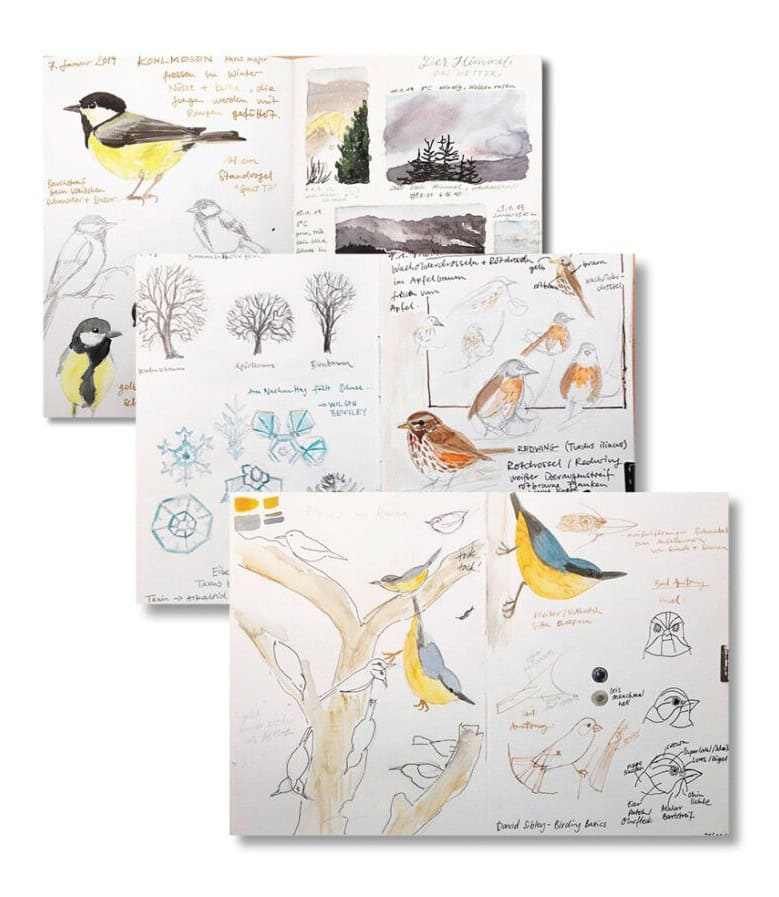
Join my free newsletter and never miss a blog post! You'll get new blog post notifications directly to your inbox. Receive 5 great sketching resources as a welcome gift for joining my newsletter! Here's what's inside:
- How to draw anything (PDF guide)
- Getting started with watercolor (free ebook)
- My favorite tips for creating great sketchbook pages
- My 5-step guide for drawing birds (PDF guide)
- My current watercolor palette layout (PDF guide)
By subscribing, you agree that I may process your information in accordance with my privacy policy

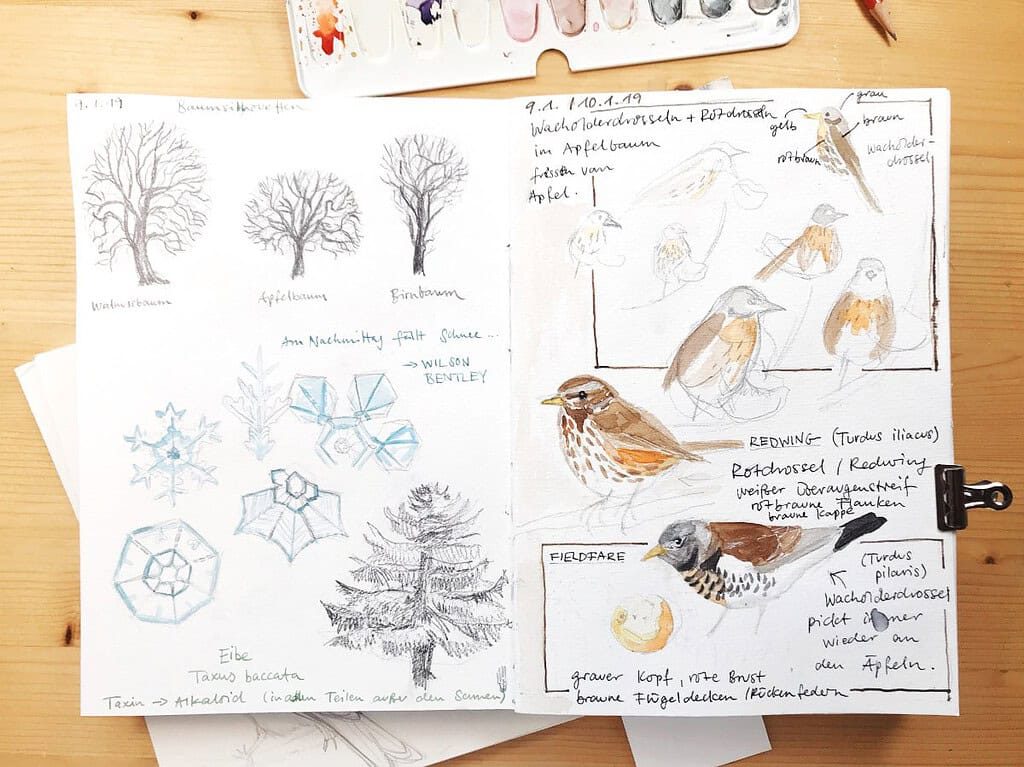
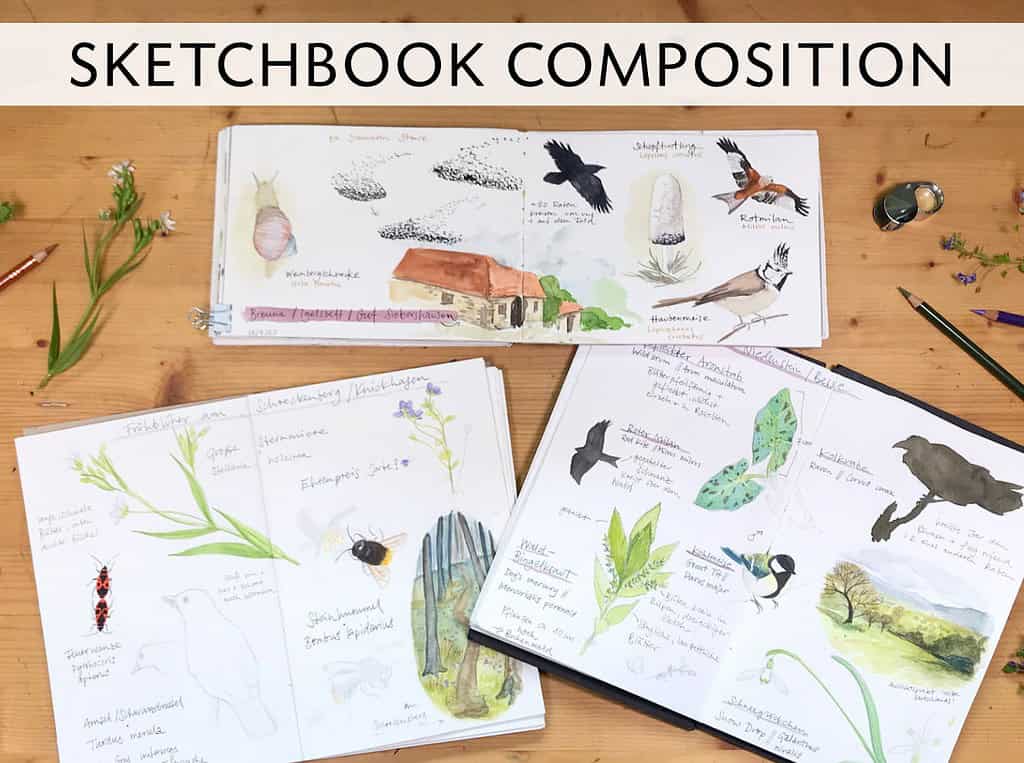
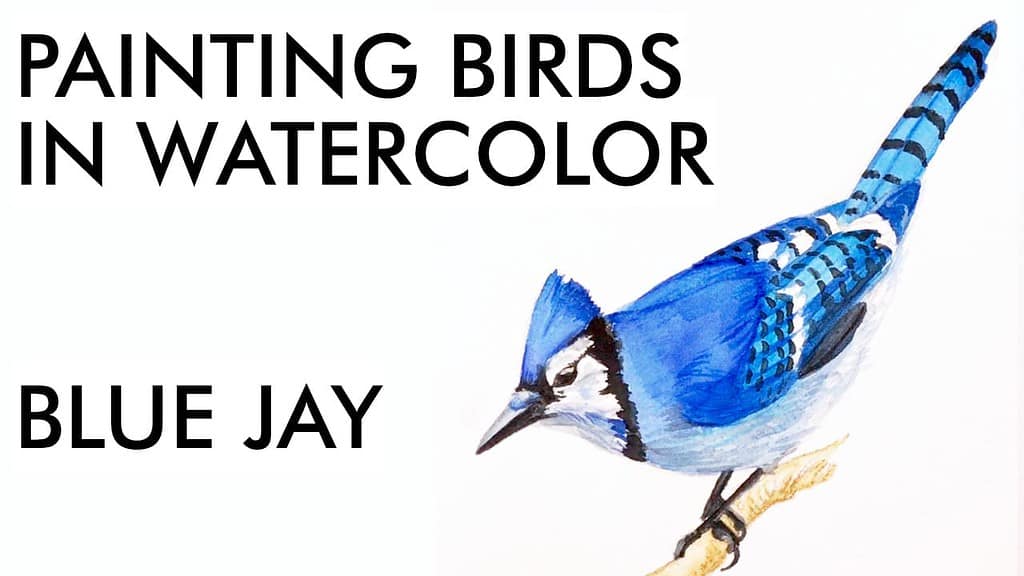
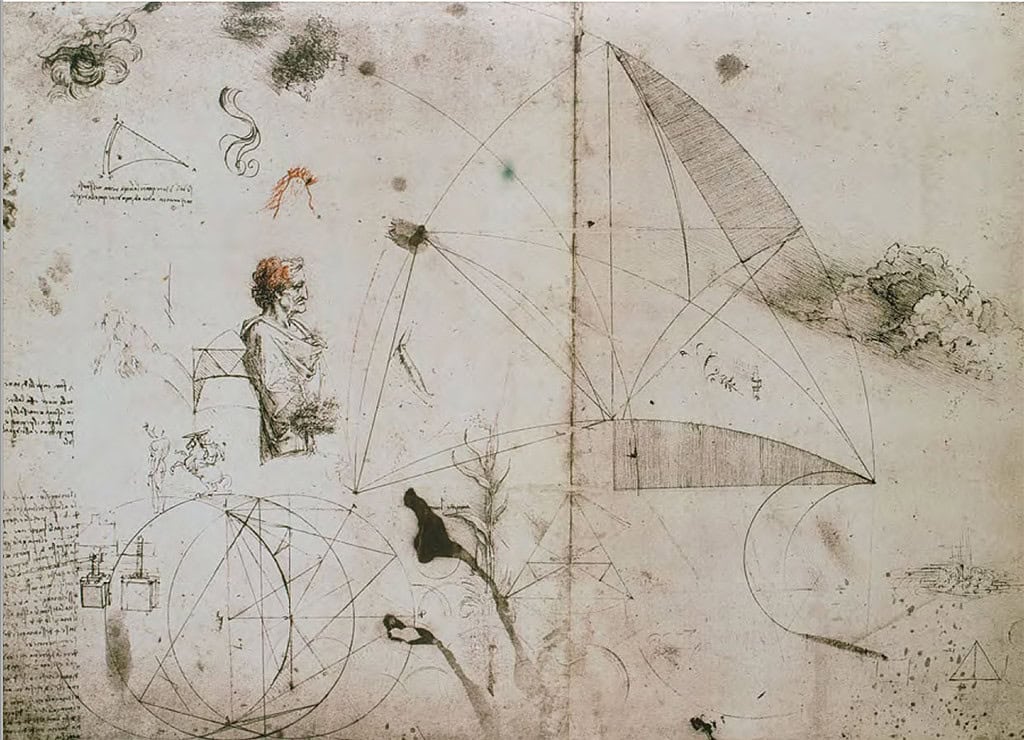
Thanks for the great tips! I also enjoyed reading about Wilson Bentley and seeing those spectacular snowflake photos. Wow!
They are wonderful, aren’t they?